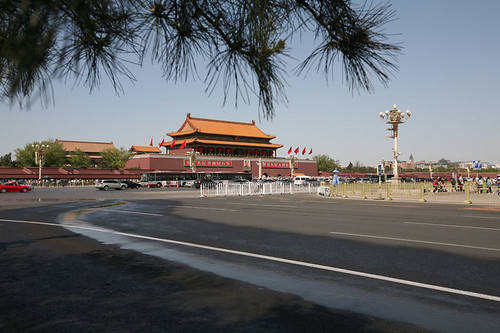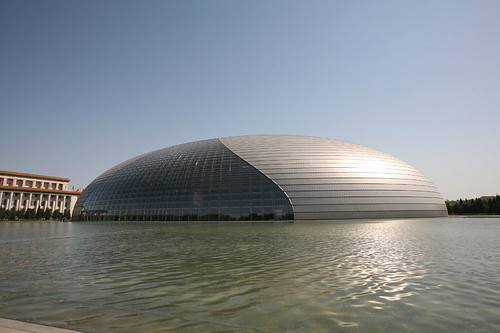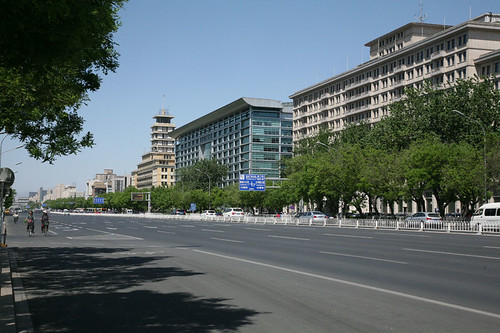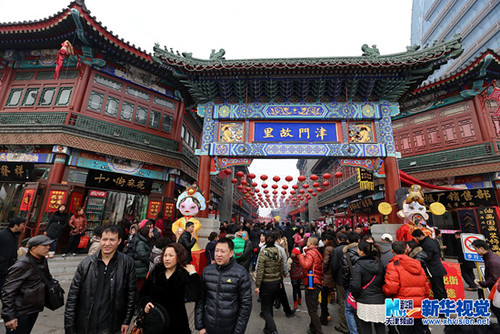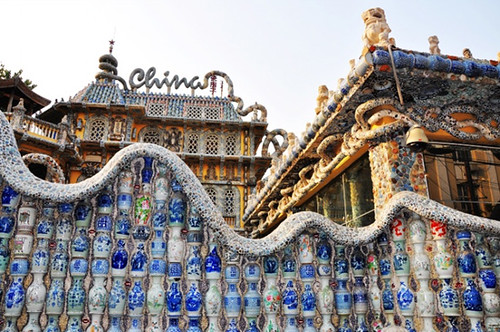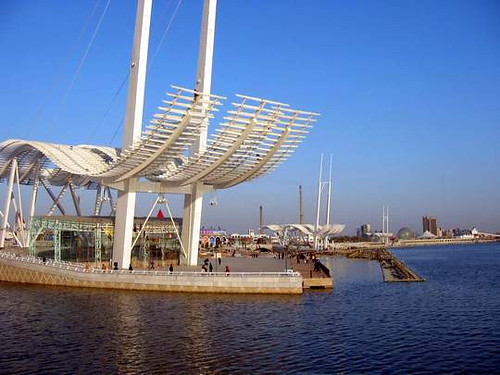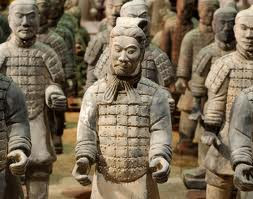Great Wall
Magnificent Great Wall has known as one of the must visit
places in China. It has long history and distance, more than thousand
years old and covers over 8000 kilometers. Built from Ming Dynasty,
today Great Wall offers the stunning and magnificent Wall to visitors.
Hiking the Wall will make you proud of yourself. Built along high
mountains and deep cliffs, it has become the greatest and magical Wall!
Walking through the Wall, create priceless experience and get the best
chance to know about Chinese history and unbeatable project of ancient
dynasties in China.
Terracotta Army
As a small part of Emperor Qin tomb complex, Terracotta Army
which located in Xian has offer mysterious and sacred atmosphere to each
visitors who comes. See thousand warrior sculptures include soldiers,
archers, cavalrymen, horses and chariots which arranged in the battle
formation. Those life-sized terracotta soldiers and horses which created
over thousand years ago are incredibly amazing. With different facial
expression, they are looks ready to start their battle to protect their
emperor.
Listed as the greatest findings in the archeology world, Terracotta Army will give visitors an incredible feeling about China.
Sichuan Panda Reserve
Sichuan Panda Reserve is the earliest, largest and best-known
panda reserve in China. It is also a home for mostly panda species in
the world. There provides the ideal natural live environment for pandas
include mountains, rivers and bamboo forests. There, visitors could see
many cute pandas in their natural habitat live happily and being taken
care of. Closely view the habits and life style of panda will be fun and
fresh experience of you.
Hold a panda, see their adorable face and capture those best moments with your kids, friends and family.
Jiuzhaigou Valley National Park
Jiuzhaigou Valley is located in the Jiuzhaigou County in
Sichuan Province. It gets name because the fact that the valley surround
by nine village. "Jiu" which means nine and "Zhai" means village. The
valley has also known for its gorgeous karsts form and spectacular
waterfalls, springs and lakes, a place recognized as Heaven on earth.
Covering 62 square kilometers, visitors will capture many stunning
photograph while visiting the incredibly beautiful Jiuzhaigou Valley in
China. Has reputation as world of fairy land, fascinating and marvelous
sceneries will be found there.
Yangshuo
Located not far from Guilin, Yangshuo offer the best nature
karsts landscapes surround this small tourist town. Check out the beauty
sceneries around the lake on the bamboo raft. In addition, explore this
ancient town by bicycle past through rice paddies and limestone peaks
will be a fabulous experience. Enjoy beauty nature landscape and old
fashioned village in Yangshuo.
Provide wonderful cafes, restaurants, and hotels, Yangshuo have become a
nice place to stop and explore the local countryside life style. Escape
crowded and bustling big cities of China with visit Yangshuo vacation
town.
Zhangjiajie
Zhangjiajie is a famous tourist city in China, is one of the
key tourist cities, and is famous for the first national forest park.
Owing to the geography, stratum, structure and climate, it shapes
colorful wonders of landform during the long history of almost 5,000
years, especially the Karst Landform. Also, it is the gathering place of
Naxi Minority, attracts visitors to enjoy the Phoenix Ancient Town. In
1992, Wulingyuan Natural Scenic Spot including the Zhangjiajie National
Forest Park, Suoxiyu Scenic Spot and Tianzishan Scenic Spot was listed
into the World Natural Heritage List by UNESCO.
Potala Palace
Potala Palace is famous as the Pearl of the Roof of the World,
is the symbol of Lhasa and Qinghai-Tibet Plateau, and is the political
power center. With long history of 1,300 years, Potala Palace is the
highest and most majestic palace, collects the only one cultural
heritage in snow area. It unlimitedly extends the bright Tibetan
culture, is really the heritage belonging to world. As the outstanding
symbol of Tibetan architectural art, this complex of buildings can be
touched in-depth without any gloss.
Huangshan
Huangshan Mountain is one of the Ten Scenic Spots in China, is
listed into the World Heritage List by UNESCO as the cultural heritage
and natural heritage in 1990. Huangshan gathers all beautiful sceneries
of famous mountains in China, especially the unique pine, strange stone,
cloud-sea and spring. All of these are the wonders created by nature
without any artificial trace. Huangshan Mountain is also famous for the
holy land with rich resources, complete zoology, valuable view and the
elegant environment.
Mogao Grottoes
Mogao Grottoes, also known as the Thousand-Buddha Cave, sits at
Dunhuang which is the important place in Silk Road, is rated to be the
most valuable cultural discovery in 20th Century, is famous for the
exquisite mural paintings and statues. It is the largest Buddhism
artistic holy land with the richest contents, is also one of the Four
Grottoes in China, and was listed into the World Cultural Heritage. What
Mogao Grottoes collects appropriately are the treasure of communication
between China and foreign countries, and people all regard it as a
pearl of Gansu Province.
Yangtze River
Yangtze River, the largest river in Asia and the third in the
world, ranks only behind the Nile in Africa and the Amazon in South
American. Its drainage area, length and water yield are the first in
Asia. It starts from Qinghai-Tibet Plateau, through Sichuan Province,
Chongqing, Hubei Province, etc, and flows into the East China Sea in
Shanghai. Yangtze River is totally 6,397 kilometers, is called as the
Mother River of Chinese nation with the Yellow River. As the cradle of
Chinese nation, Yangtze River is the birth-land of ancient culture, and
breeds the famous cultural systems.
 The Palace Museum houses near ten thousands ancient fans, most of which inherit from the Qing court collection. In this exhibition, over 120 fans and fan sets
The Palace Museum houses near ten thousands ancient fans, most of which inherit from the Qing court collection. In this exhibition, over 120 fans and fan sets

























